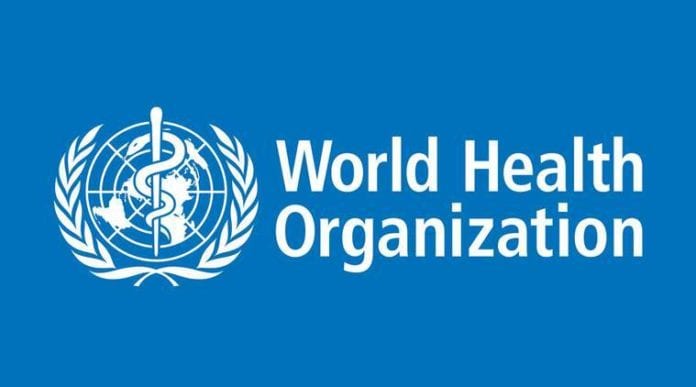On Thursday, the World Health Organization (WHO) published an updated version of its scientific brief of March 29. The brief was named- Modes of transmission of virus causing COVID-19.
The WHO has formally acknowledged in its brief that there is a possibility of the coronavirus being suspended in the crowded indoor spaces.
This updated brief has come after three days since a group of 239 scientists from 32 different countries published a commentary titled ‘It Is Time to Address Airborne Transmission of COVID-19’. In their commentary, they have appealed to the medical community and to the relevant international and national bodies to recognize the potential for the airborne spread of COVID-19.
On Tuesday, a day after the publishing of the open letter by the scientist, the technical lead on the pandemic, Maria van Kerkhove, had said that they have been discussing the possibilities of airborne transmission and aerosol transmission as the modes of transmission.
Table of Contents
What does WHO say in its updated brief?
Some outbreaks which have occurred in indoor spaces have suggested that there is a possibility of aerosol transmission, but only when combined with droplet transmission. This has been said by the WHO while referring to some of the recent studies.
The WHO has said that it cannot be ruled out that short-range aerosol transmission, in specific indoor locations, can take place. These indoor places, when inadequately ventilated and crowded can help in the spreading of the infection.
However, the WHO does not believe even now that the virus was transmitted through an exclusive aerial route.
The brief of WHO also mentions that the detailed investigations of these clusters are suggestive of the fact that droplet and fomite transmission can be explained in human-to-human transmission inside these clusters.
It is still understood that the primary mode of transmission of the virus is through respiratory droplets- when an infected person sneezes, sings, coughs, or talks.
On the other hand, fomite transmission is what is transmitted through infected surfaces like handrails, elevators buttons, doorknobs, etc.
The WHO has previously maintained that it is not a concern if the virus is airborne outside of the situations where healthcare workers are engaged in some medical procedures which are aerosol-generating.
YOUTUBER SHUBHAM MISHRA ARRESTED FOR OPEN RAPE THREATS TO COMEDIAN AGRIMA
The WHO still stresses that the current transmission of SARS-CoV-2 takes place primarily because of indirect, direct, or close contact with infected people. But it has explored the possibility of aerosol transmissions outside the medical facilities.
ARVIND KEJRIWAL: THE PROTECTIVE SHIELD IS MINIMIZING COVID-19 PATIENTS IN DELHI
However, the new brief does not address the question of whether transmission by fomites, droplets, and aerosols contribute to the spread of coronavirus. It suggests that there is not enough evidence yet.
KARNATAKA REFUTES 32 STUDENTS WHO APPEARED FOR SSLC EXAMS BEING TESTED COVID POSITIVE
It said that there is an urgent need for high-quality research which can highlight the importance of different transmission routes.













